Computer Architecture > TEST BANK > Reference Solution for dp-100.vce DP-100: Designing and Implementing a Data Science Solution on Azur (All)
Reference Solution for dp-100.vce DP-100: Designing and Implementing a Data Science Solution on Azure Version 5.0 Score: 800/1000.
Document Content and Description Below
Reference Solution for dp-100.vce DP-100: Designing and Implementing a Data Science Solution on Azure Version 5.0 Score: 800/1000 Define and prepare the development environment (38 questions) ... Question 1 HOTSPOT A coworker registers a datastore in a Machine Learning services workspace by using the following code: You need to write code to access the datastore from a notebook. How should you complete the code segment? To answer, select the appropriate options in the answer area. NOTE: Each correct selection is worth one point. Solution: 3 Licensed to Examcollection Premium Explanation: Explanation: Box 1: DataStore To get a specific datastore registered in the current workspace, use the get() static method on the Datastore class: # Get a named datastore from the current workspace datastore = Datastore.get(ws, datastore_name='your datastore name') Box 2: ws Box 3: demo_datastore Reference: https://docs.microsoft.com/en-us/azure/machine-learning/how-to-access-data Question 2 You train and register a model in your Azure Machine Learning workspace. You must publish a pipeline that enables client applications to use the model for batch inferencing. You must use a pipeline with a single ParallelRunStep step that runs a Python inferencing script to get predictions from the input data. You need to create the inferencing script for the ParallelRunStep pipeline step. Which two functions should you include? Each correct answer presents part of the solution. NOTE: Each correct selection is worth one point. ý run(mini_batch) o main() o batch() ý init() o score(mini_batch) Explanation: Reference: https://github.com/Azure/MachineLearningNotebooks/tree/master/how-to-use-azureml/machinelearning-pipelines/parallel-run 4 Licensed to Examcollection Premium Question 3 DRAG DROP You create a multi-class image classification deep learning experiment by using the PyTorch framework. You plan to run the experiment on an Azure Compute cluster that has nodes with GPU’s. You need to define an Azure Machine Learning service pipeline to perform the monthly retraining of the image classification model. The pipeline must run with minimal cost and minimize the time required to train the model. Which three pipeline steps should you run in sequence? To answer, move the appropriate actions from the list of actions to the answer area and arrange them in the correct order. 5 Licensed to Examcollection Premium Solution: Explanation: Explanation: Step 1: Configure a DataTransferStep() to fetch new image data… Step 2: Configure a PythonScriptStep() to run image_resize.y on the cpu-compute compute target. Step 3: Configure the EstimatorStep() to run training script on the gpu_compute computer target. The PyTorch estimator provides a simple way of launching a PyTorch training job on a compute target. Reference: https://docs.microsoft.com/en-us/azure/machine-learning/how-to-train-pytorch 6 Licensed to Examcollection Premium Question 4 HOTSPOT The finance team asks you to train a model using data in an Azure Storage blob container named finance-data. You need to register the container as a datastore in an Azure Machine Learning workspace and ensure that an error will be raised if the container does not exist. How should you complete the code? To answer, select the appropriate options in the answer area. NOTE: Each correct selection is worth one point. Solution: Explanation: Explanation: Box 1: register_azure_blob_container Register an Azure Blob Container to the datastore. 7 Licensed to Examcollection Premium Box 2: create_if_not_exists = False Create the file share if it does not exists, defaults to False. Reference: https://docs.microsoft.com/en-us/python/api/azureml-core/azureml.core.datastore.datastore 8 Licensed to Examcollection Premium Question 5 HOTSPOT You are performing sentiment analysis using a CSV file that includes 12,000 customer reviews written in a short sentence format. You add the CSV file to Azure Machine Learning Studio and configure it as the starting point dataset of an experiment. You add the Extract N-Gram Features from Text module to the experiment to extract key phrases from the customer review column in the dataset. You must create a new n-gram dictionary from the customer review text and set the maximum ngram size to trigrams. What should you select? To answer, select the appropriate options in the answer area. NOTE: Each correct selection is worth one point. 9 Licensed to Examcollection Premium 10 Licensed to Examcollection Premium Solution: Explanation: Explanation: 11 Licensed to Examcollection Premium Vocabulary mode: Create For Vocabulary mode, select Create to indicate that you are creating a new list of n-gram features. N-Grams size: 3 For N-Grams size, type a number that indicates the maximum size of the n-grams to extract and store. For example, if you type 3, unigrams, bigrams, and trigrams will be created. Weighting function: Leave blank The option, Weighting function, is required only if you merge or update vocabularies. It specifies how terms in the two vocabularies and their scores should be weighted against each other. References: https://docs.microsoft.com/en-us/azure/machine-learning/studio-module-reference/extract-ngram-features-from-text 12 Licensed to Examcollection Premium Question 6 Note: This question is part of a series of questions that present the same scenario. Each question in the series contains a unique solution that might meet the stated goals. Some question sets might have more than one correct solution, while others might not have a correct solution. After you answer a question in this section, you will NOT be able to return to it. As a result, these questions will not appear in the review screen. You are using Azure Machine Learning to run an experiment that trains a classification model. You want to use Hyperdrive to find parameters that optimize the AUC metric for the model. You configure a HyperDriveConfig for the experiment by running the following code: You plan to use this configuration to run a script that trains a random forest model and then tests it with validation data. The label values for the validation data are stored in a variable named y_test variable, and the predicted probabilities from the model are stored in a variable named y_predicted. You need to add logging to the script to allow Hyperdrive to optimize hyperparameters for the AUC metric. Solution: Run the following code: Does the solution meet the goal? o Yes ý No Explanation: Explanation Use a solution with logging.info(message) instead. Note: Python printing/logging example: logging.info(message) 13 Licensed to Examcollection Premium Destination: Driver logs, Azure Machine Learning designer Reference: https://docs.microsoft.com/en-us/azure/machine-learning/how-to-debug-pipelines Question 7 You plan to provision an Azure Machine Learning Basic edition workspace for a data science project. You need to identify the tasks you will be able to perform in the workspace. Which three tasks will you be able to perform? Each correct answer presents a complete solution. NOTE: Each correct selection is worth one point. ý Create a Compute Instance and use it to run code in Jupyter notebooks. ý Create an Azure Kubernetes Service (AKS) inference cluster. o Use the designer to train a model by dragging and dropping pre-defined modules. ý Create a tabular dataset that supports versioning. o Use the Automated Machine Learning user interface to train a model. Explanation: Incorrect Answers: C, E: The UI is included the Enterprise edition only. Reference: https://azure.microsoft.com/en-us/pricing/details/machine-learning/ 14 Licensed to Examcollection Premium Question 8 Note: This question is part of a series of questions that present the same scenario. Each question in the series contains a unique solution that might meet the stated goals. Some question sets might have more than one correct solution, while others might not have a correct solution. After you answer a question in this section, you will NOT be able to return to it. As a result, these questions will not appear in the review screen. You are using Azure Machine Learning to run an experiment that trains a classification model. You want to use Hyperdrive to find parameters that optimize the AUC metric for the model. You configure a HyperDriveConfig for the experiment by running the following code: You plan to use this configuration to run a script that trains a random forest model and then tests it with validation data. The label values for the validation data are stored in a variable named y_test variable, and the predicted probabilities from the model are stored in a variable named y_predicted. You need to add logging to the script to allow Hyperdrive to optimize hyperparameters for the AUC metric. Solution: Run the following code: Does the solution meet the goal? ý Yes o No Explanation: Explanation: Python printing/logging example: logging.info(message) Destination: Driver logs, Azure Machine Learning designer 15 Licensed to Examcollection Premium [Show More]
Last updated: 1 year ago
Preview 1 out of 243 pages
Instant download

Instant download
Reviews( 0 )
Document information
Connected school, study & course
About the document
Uploaded On
Nov 12, 2022
Number of pages
243
Written in
Additional information
This document has been written for:
Uploaded
Nov 12, 2022
Downloads
0
Views
102



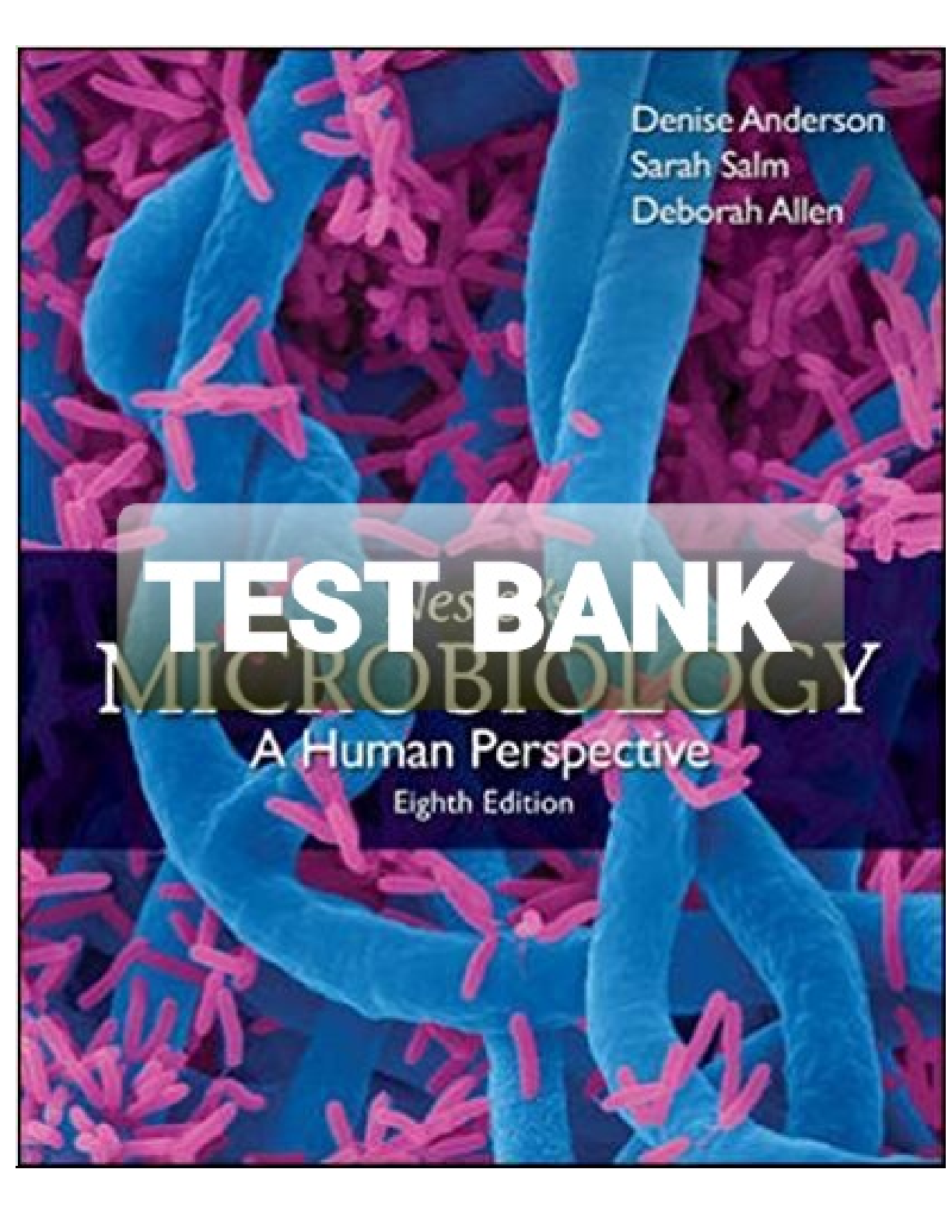
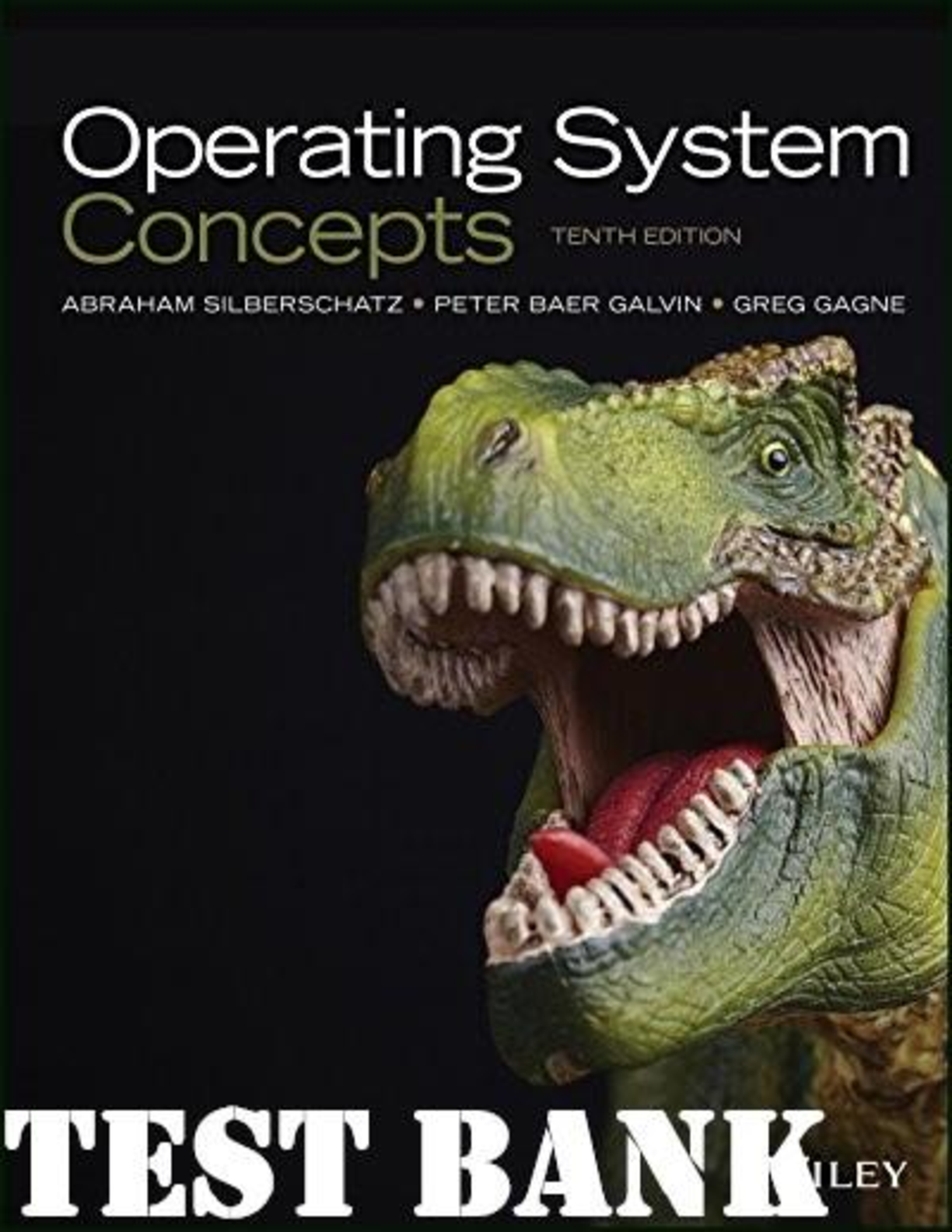
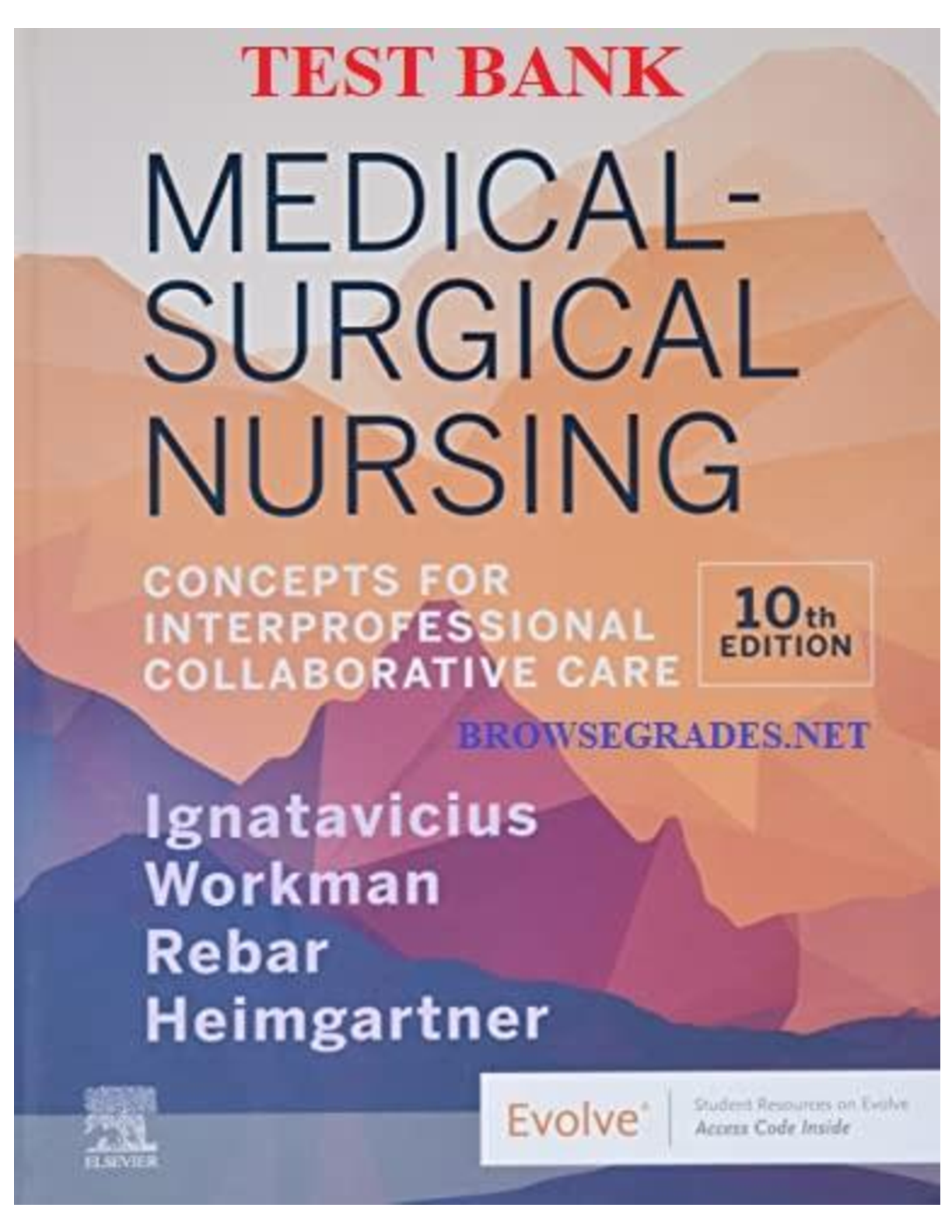

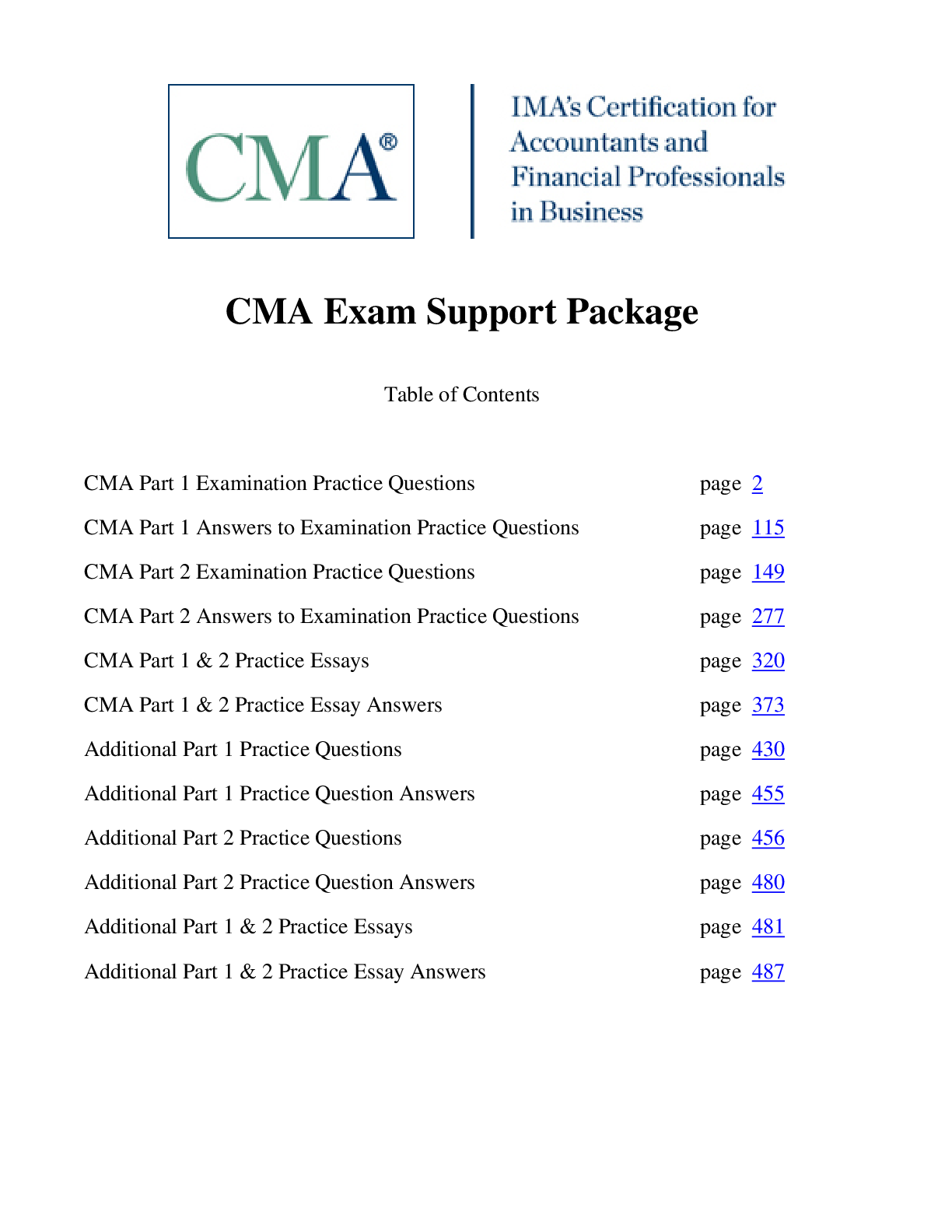


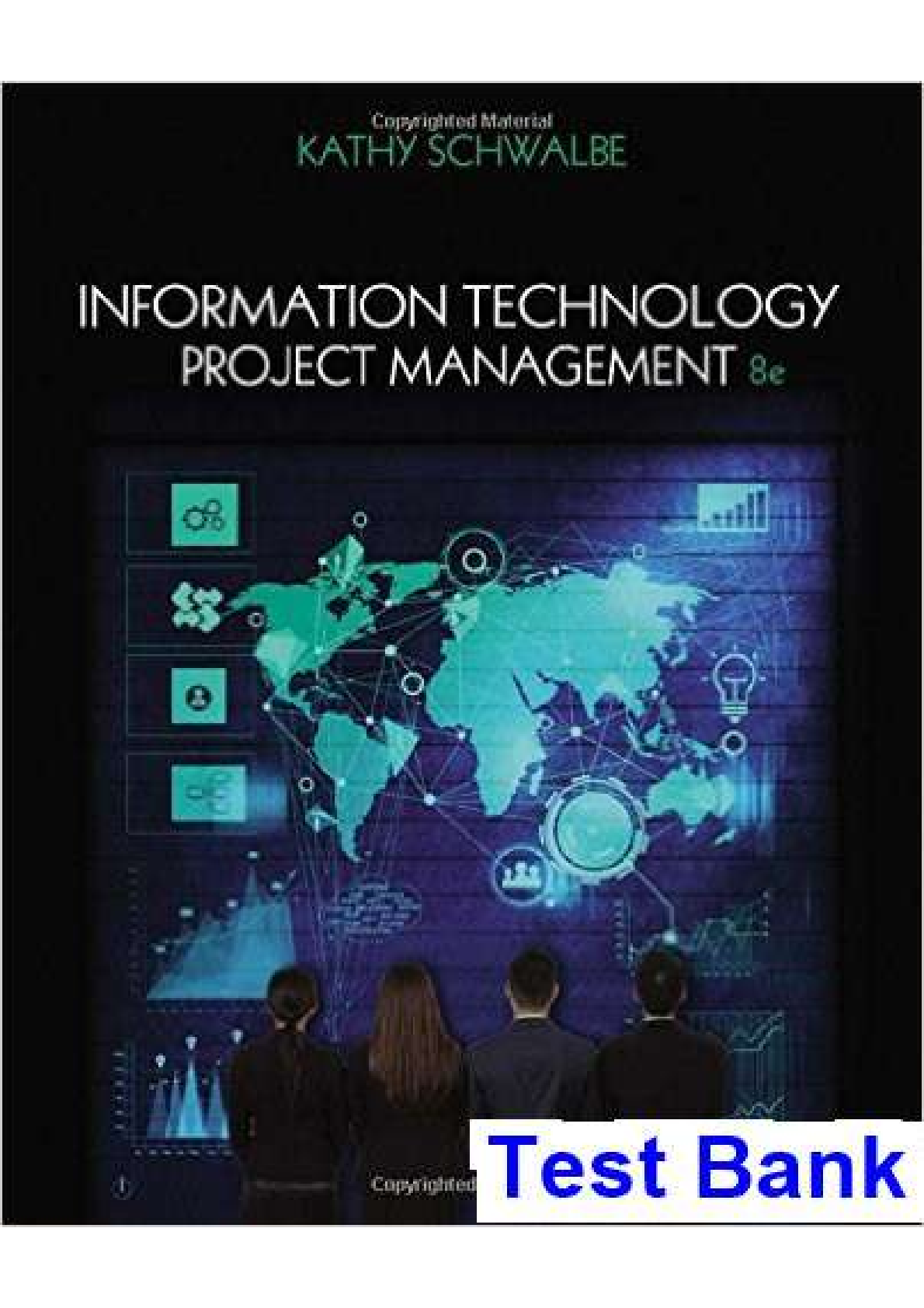


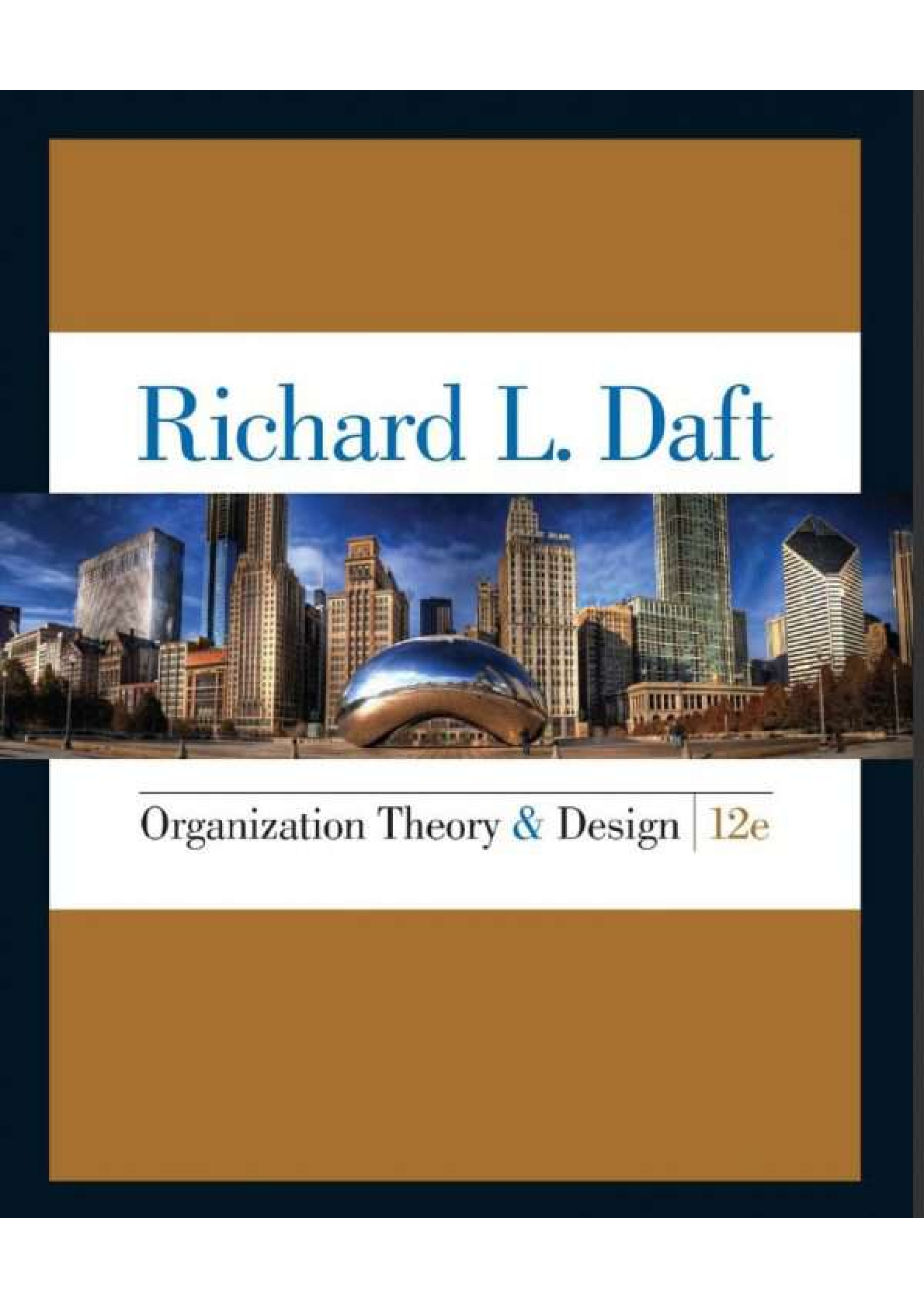




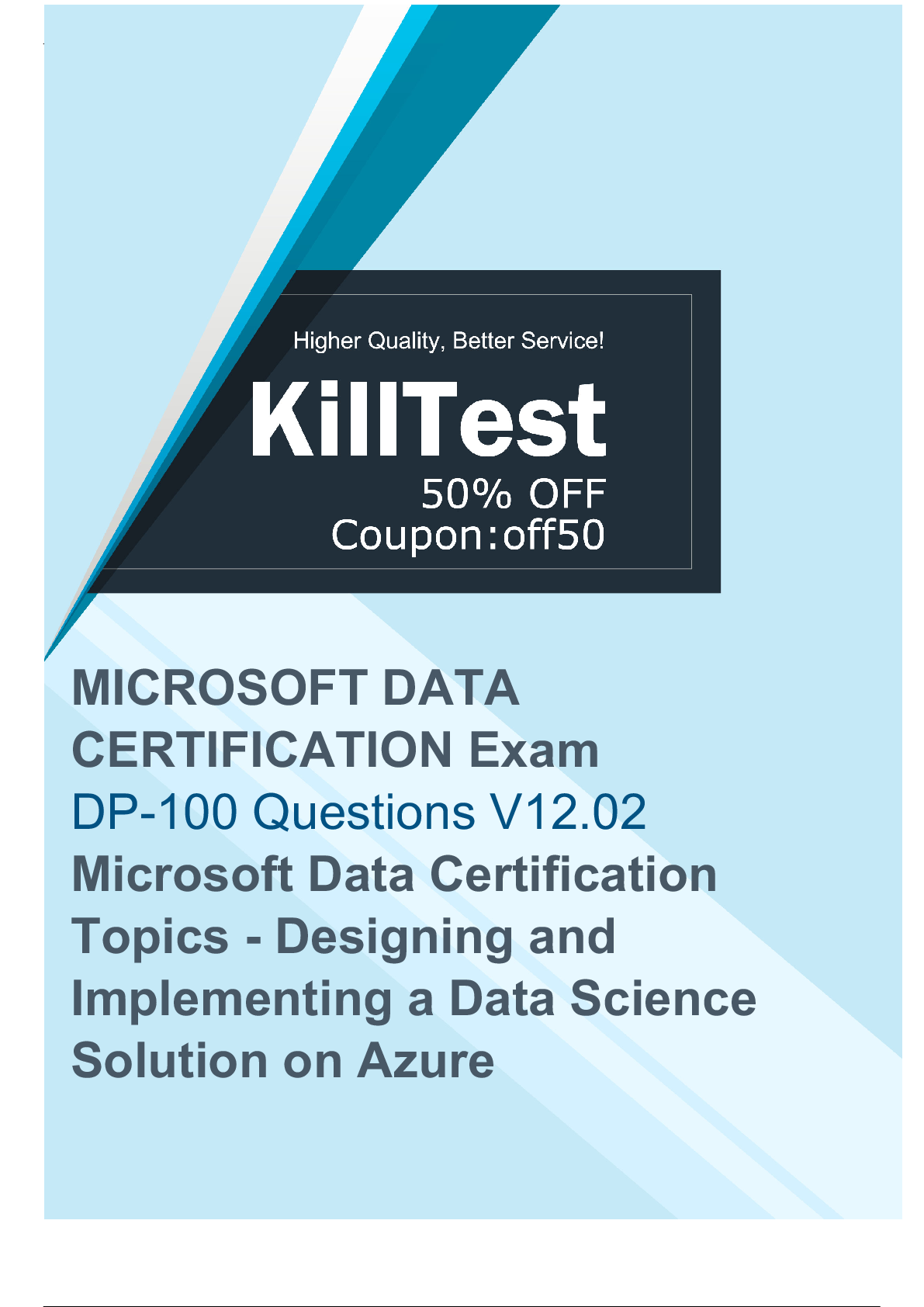

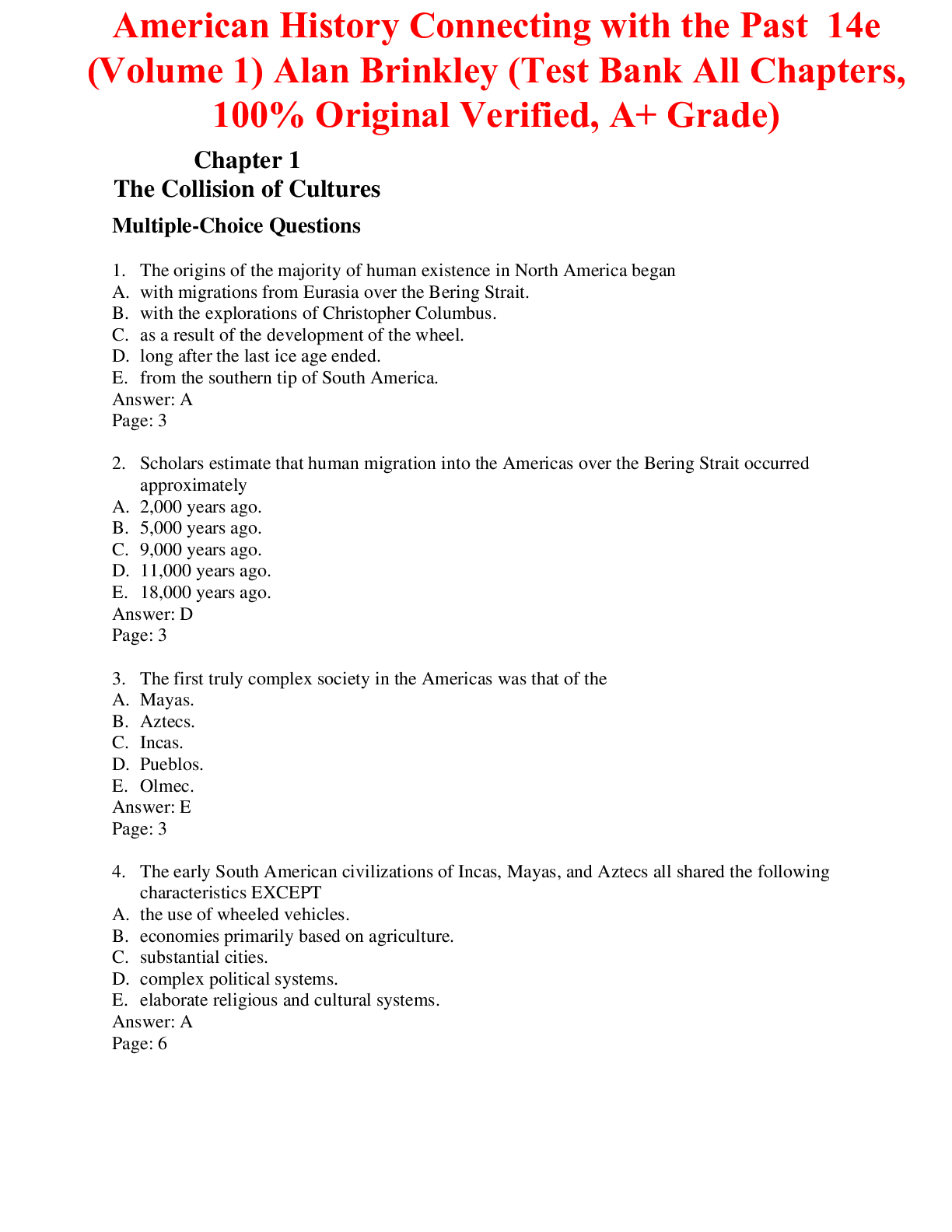
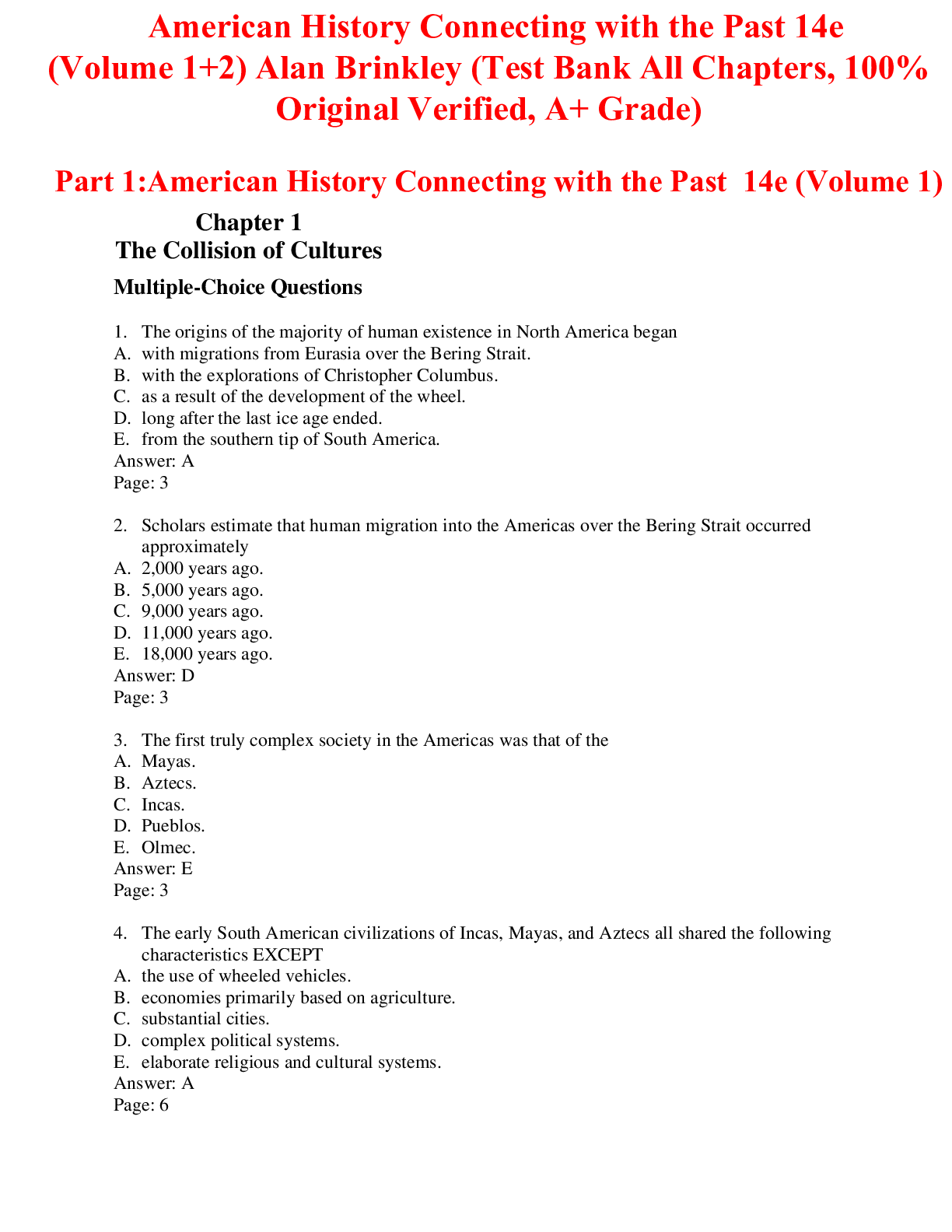
.png)
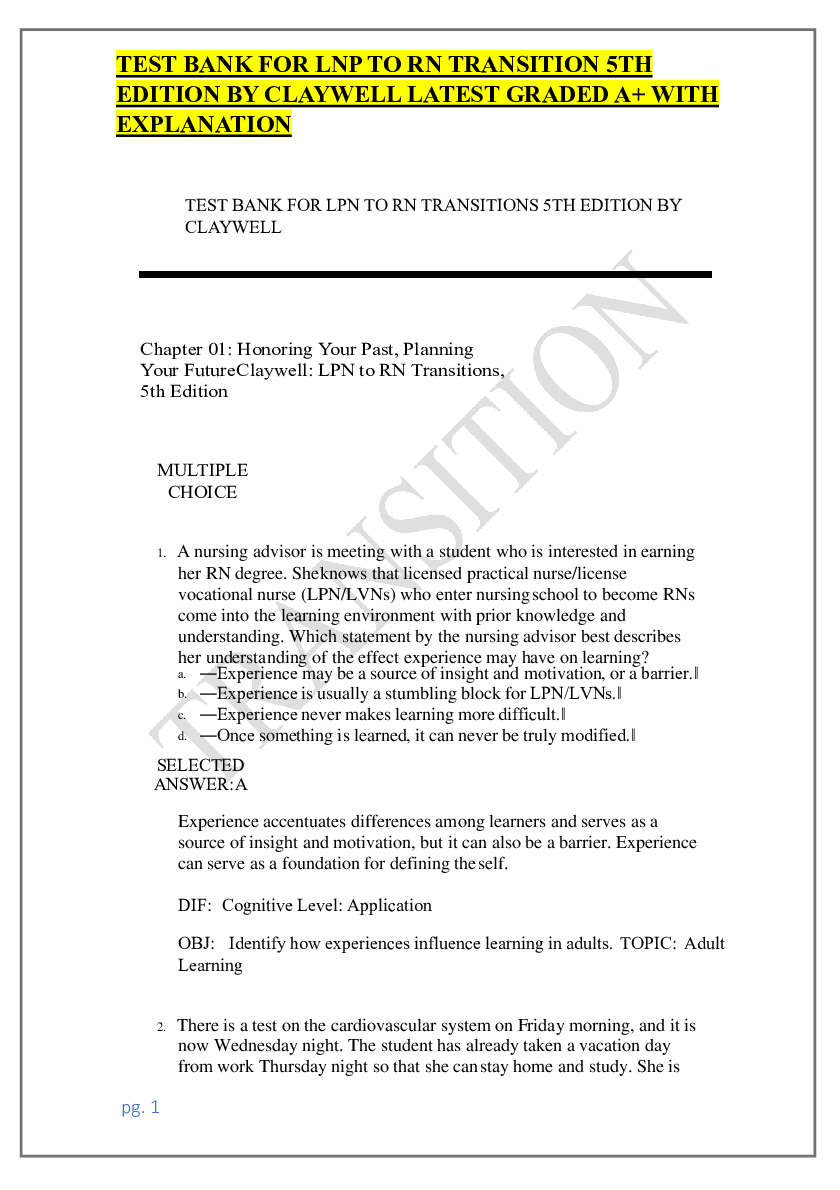
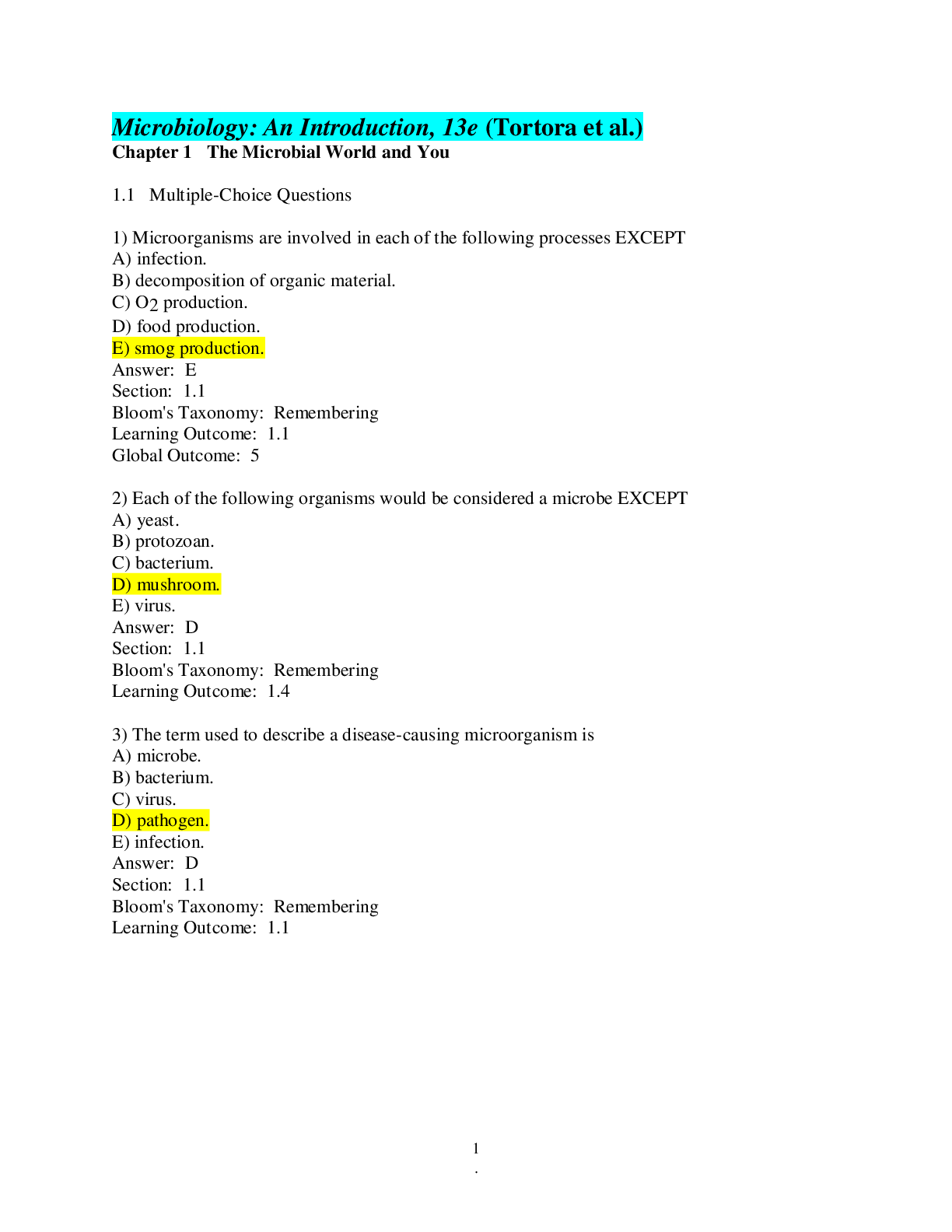

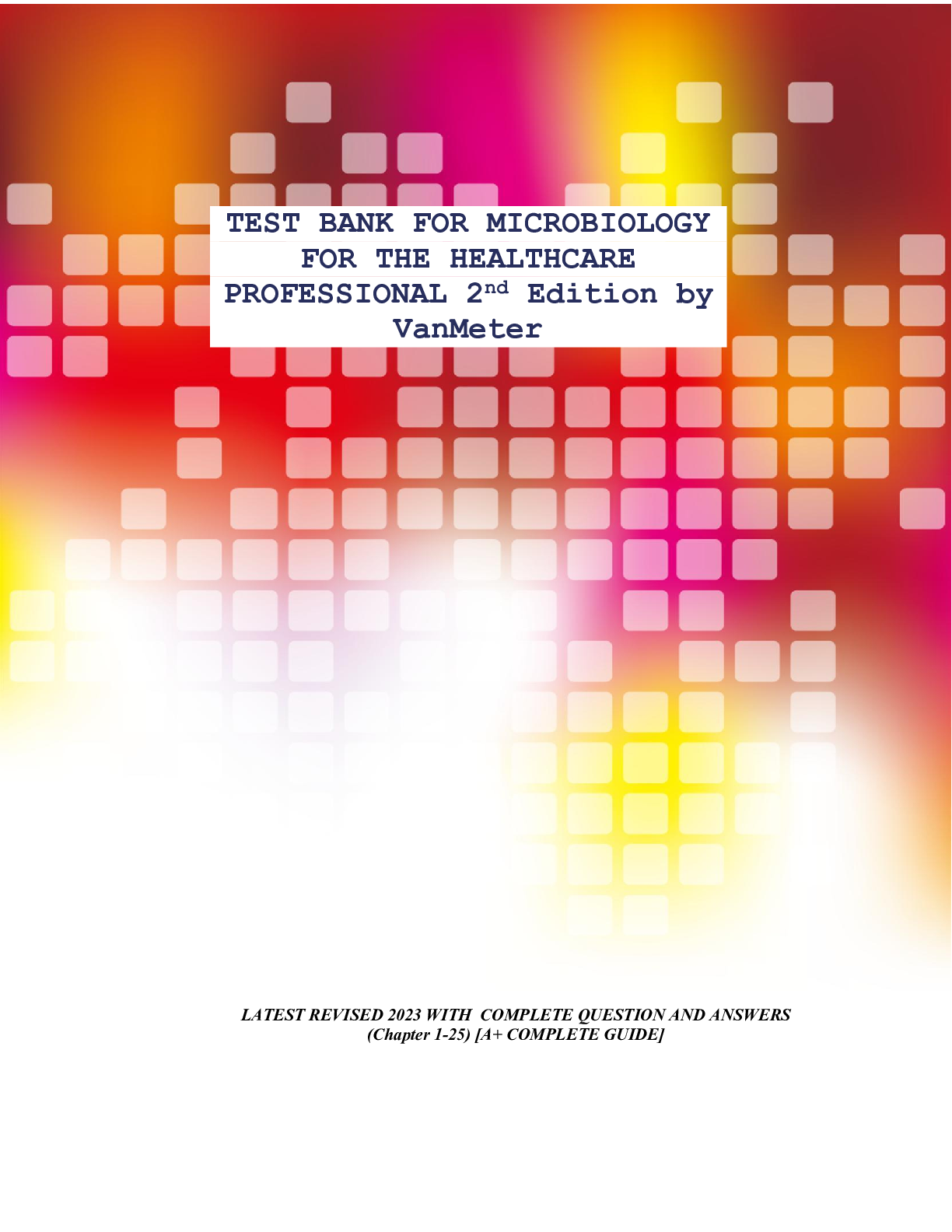
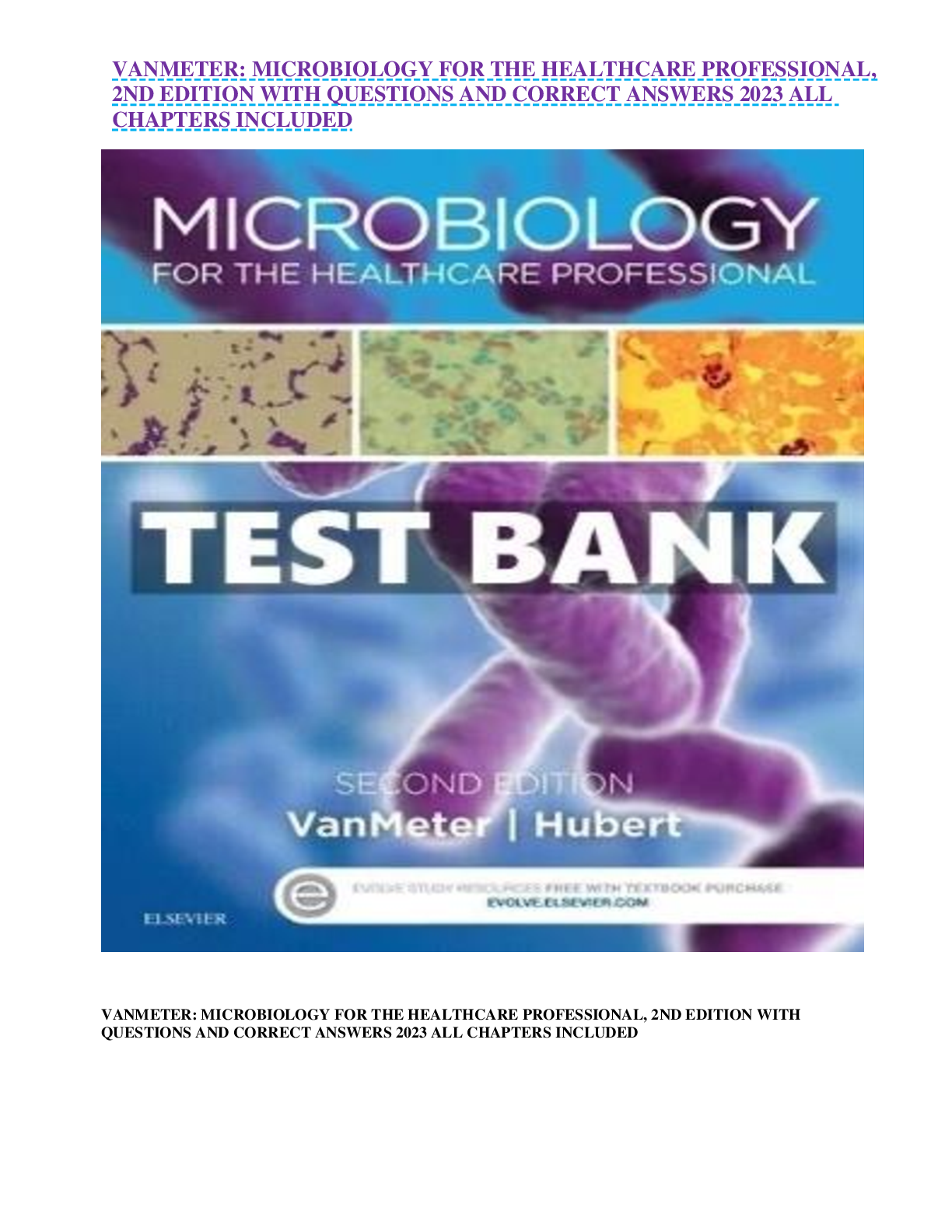
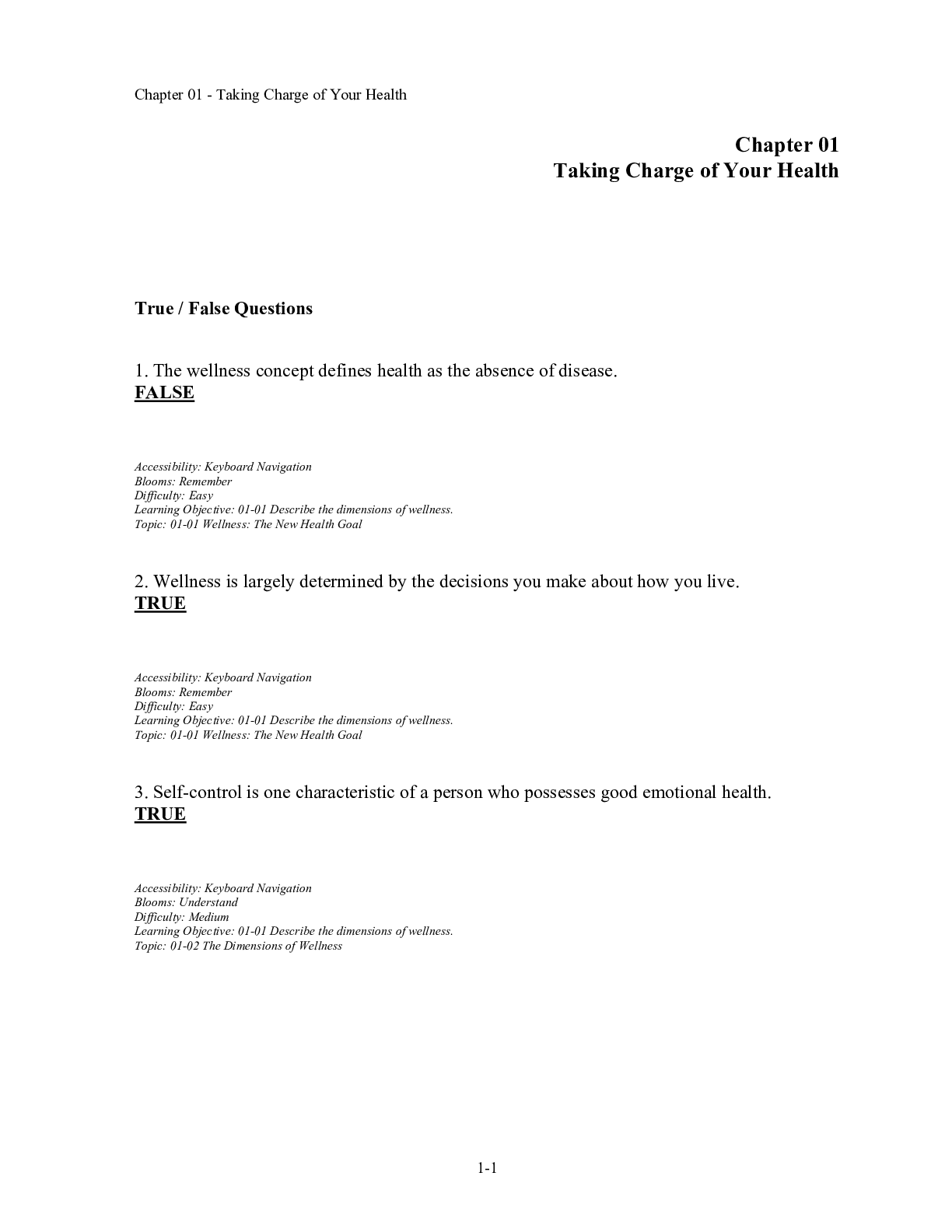
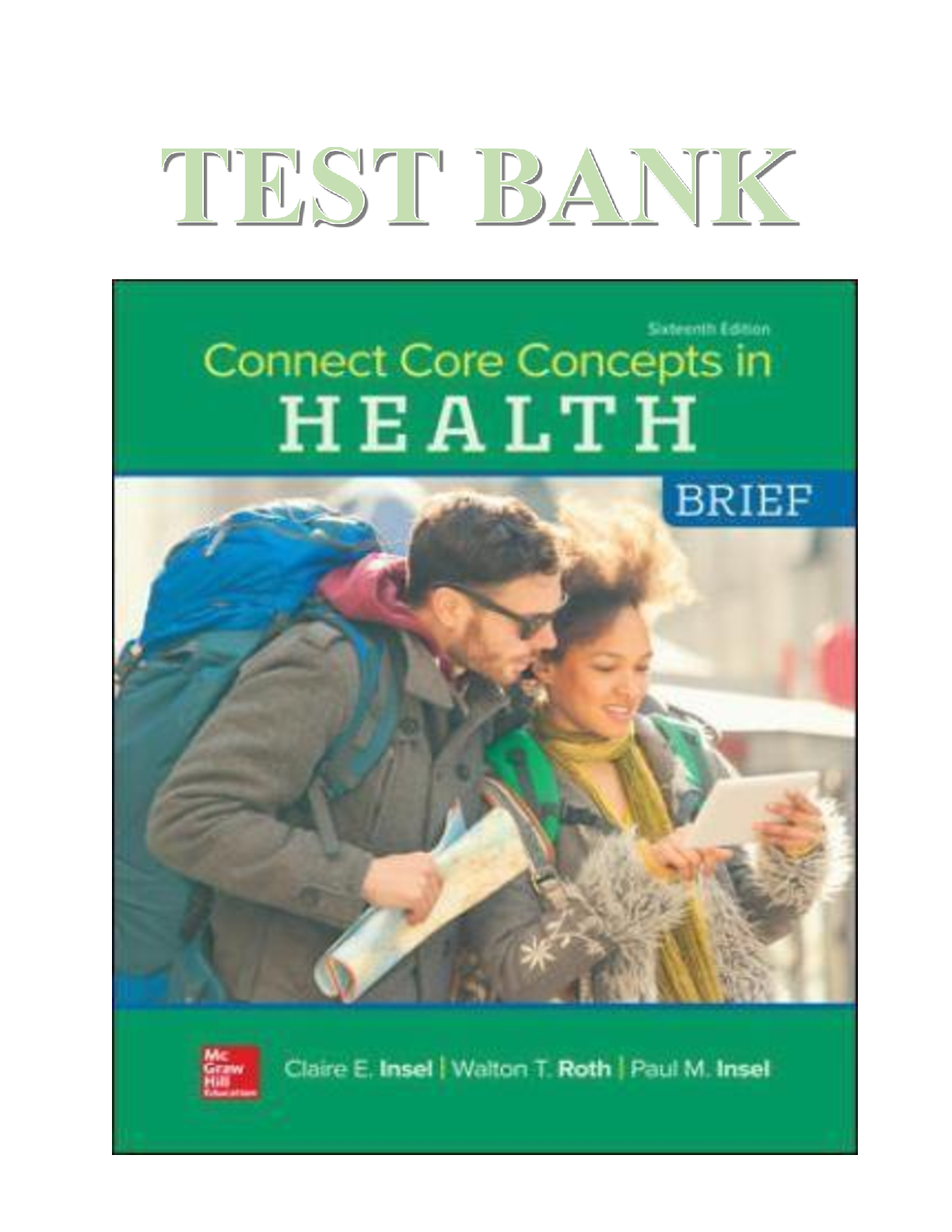



.png)



